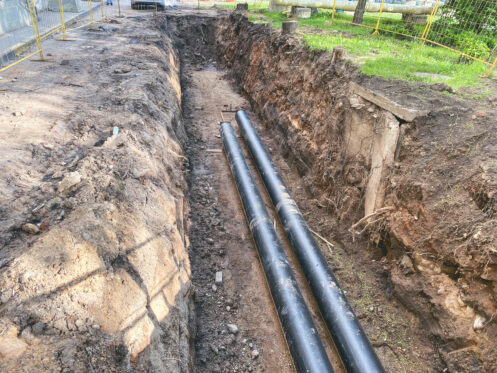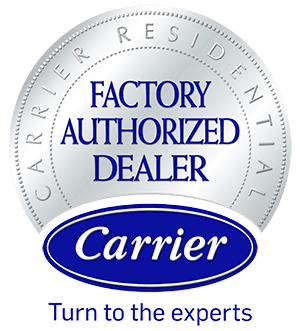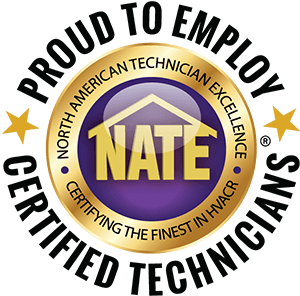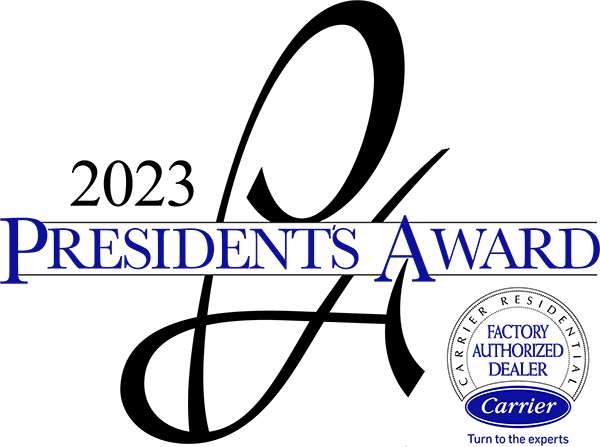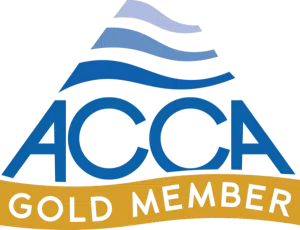Traveling underground just outside your Frederick, MD home, your sewer line carries all your solid waste and wastewater to the municipal sewer main. All your drains converge at your sewer line, and everything that you send down can affect its function and well-being. If this line becomes clogged, cracked, or collapsed, you’ll have a soggy, sunken yard and an impending, whole-house backup. To help you avoid disaster, the following are eight common signs of sewer line damage.
1. Frequent Clogs
If you’re constantly having to plunge your toilets or snake your tub drains, your sewer line may be obstructed. Slow-degrading items like paper towels and “flushable” wipes are the top culprits. Unlike toilet paper, products like these are made from dense, durable wood pulp. Many “flushable” wipes are further reinforced with long-lasting polymers. While toilet paper rapidly breaks down upon submersion and flows through plumbing systems problem-free, these items can remain intact for months and get snagged on rough pipe interiors or invasive growths that have encroached on the sewer line.
Recurring clogs could mean that your home’s wastewater is having a hard time bypassing increasingly large obstructions through the sewer line. This is especially true if all of your drains are blocked at once or if you repeatedly need clog repairs across multiple drains and appliances.
2. Gurgling and Bubbling Sounds When Your Drains Aren’t in Use
Do you ever hear your toilets or drains bubbling and gurgling when they aren’t in use? These noises could mean that wastewater is finally clearing a blockage and trapped waste is finally moving. These noises are often loudest at night when no one is actively flushing commodes or running water. With less waste going in, slow-moving sewer lines have the opportunity to catch up.
Having a plumber clear your sewer line will eliminate these sounds and keep the problem from worsening. Techniques like hydro-jetting and hydro-steaming scour the interior of sewer lines and break up blockages caused by slow-degrading paper products, tree roots, and weeds. They can prevent whole-house backups.
3. Foul and Pervasive Sewer Smells
Residential drains can have slightly unpleasant odors. After all, they’re often coated in heavy accumulations of soap scum, hair, decaying food, body oils, and other organic debris. To eliminate the resulting odors and prevent them from recurring, you should have your drains professionally cleaned at least once each year. However, even if you’ve failed to do so for a year or more, your toilets, showers, and sinks should never emit rotten-egg, sewer odors. While sewer gas at a single fixture could mean problems with the fixture itself, noxious, widespread gaseous smells indicate damage along the sewer line.
Your sewer line could be blocked or leaking. The only way to know for certain is to schedule a sewer line camera inspection. Camera inspections offer a safe, simple, and non-intrusive way to assess the integrity of sewer lines, locate obstructions or leaks, and measure their severity. Best of all, in some cases, professional plumbers can often perform the necessary sewer line repairs without any significant landscape disturbance.
4. Your Yard Is Suddenly in Full Bloom
The same sewer waste that’s hazardous to humans is quite appealing to trees, shrubs, grass, weeds, and more. Your household’s waste and wastewater are rich with powerful nutrients that support the growth of foliage. If you have a cracked sewer line that’s allowing waste and wastewater to seep out, you’ll likely see a sudden and impressive proliferation of new growth.
If the area just above your sewer line is suddenly green and lush, there’s a good chance that there’s a leak just beneath it. If you step outdoors and inspect the area, you’ll likely find that the ground is soggy and sodden underfoot. Sudden and inexplicable indentations in lawns are also indications of sewer line problems. The areas around sinkholes and other indentations are usually malodorous and they may be filled with gnats and other insects.
5. Your Pest Problems Have Spiraled Out of Control
Trees and weeds aren’t the only things that enjoy a good sewer mess. The smelly waste that your broken sewer line is depositing in your yard could prove especially appealing to rats, mice, and cockroaches. If you suddenly have pest problems like you’ve never had before, your plumbing system is one of the first things you should inspect. Cracked sewer lines provide easy ingress into homes. They also serve as reliable sources of water and sustenance when no other options exist. Finding and fixing sewer line leaks could be essential for ensuring the success of all your other pest treatments.
6. Cracked Walls and Foundation Problems
Unchecked sewer line problems can prove incredibly costly over time. Sewer lines are supposed to route water and waste away from buildings and their foundations. When they do not, homeowners can deal with problems like:
- Cracked slabs and slab leaks
- Slipped or shifted slabs
- Visible wall damage
- Fast-growing mold in basements and crawl spaces
Few things can devalue properties as swiftly and permanently as ongoing sewer line troubles. Unfortunately, all of these issues are evidence that sewer line leaks have already been around for quite a while. To stop their progression and prevent the need for additional building repairs, schedule sewer line service right away.
7. Mold and Mildew
According to the U.S. Centers for Disease Control (CDC), mold spores can start forming within just 48 hours of any leak or indoor flood event. With cracked and leaking sewer lines, homeowners often find mold in their basements and crawl spaces. However, if sewer leaks aren’t found and resolved in a timely fashion, these growths can quickly spread to other building areas.
Sadly, many people delay the inevitable by simply spot-treating mold with bleach or other store-bought disinfectants. As long as sewer lines keep adding moisture and contaminants to the building interior, mold spores will continue to proliferate. If you’ve tried multiple ways to eliminate mold and mildew in your home to no avail, you should schedule a whole-house plumbing inspection and a sewer line camera inspection. Identifying slow and hidden leaks or sewer line damage could be the first and most important step in effective mold remediation.
8. You’re Always Ankle-Deep in Shower Water
Slow-moving drains don’t always incite the same sense of urgency that blocked drains do, but they should. This is especially true if all of your drains are slow-moving at once. If you find yourself ankle-deep in gray water while showering, check your shower drain for hair and other debris. However, if your shower is slow-moving and your kitchen sink is draining slowly as well, you likely have a sewer line problem. Using store-bought drain cleaners, drain augers, or plungers will only compound the issue. In this case, the only way to prevent a whole-house backup is by contacting a reputable plumber.
Established in 2016, we proudly serve Frederick, MD and the surrounding communities. Our clients can count on us for competitive pricing, superior workmanship, and cutting-edge water heater, sewer repair, and drain cleaning techniques. We offer outstanding cooling, plumbing, and heating services. To find out about our preventative maintenance plans or schedule sewer line repairs, contact Markool Heating & Cooling now.


